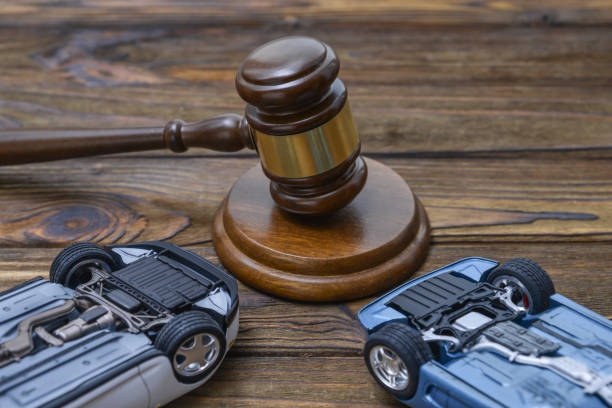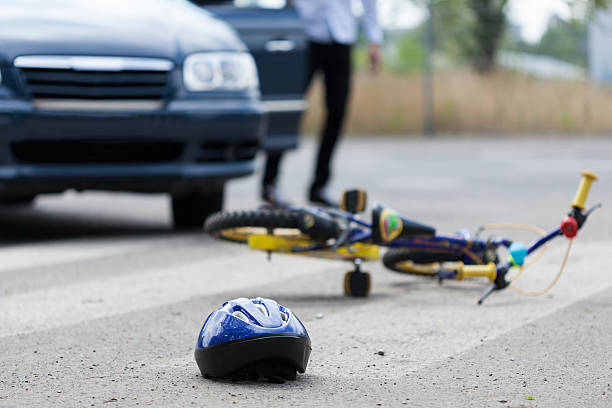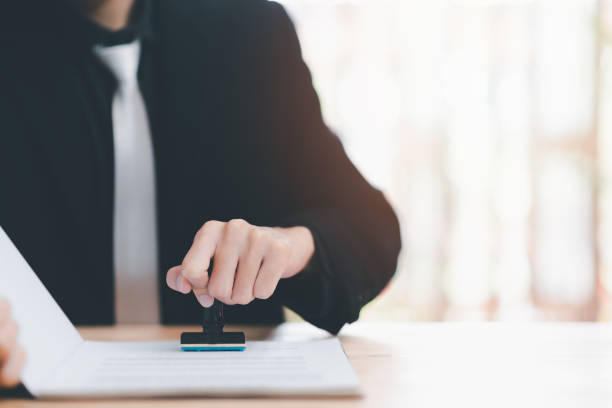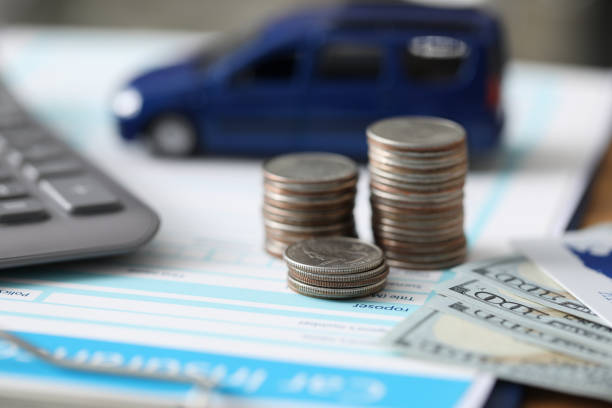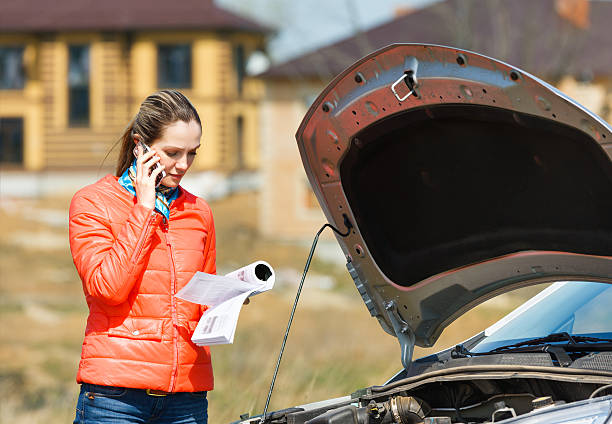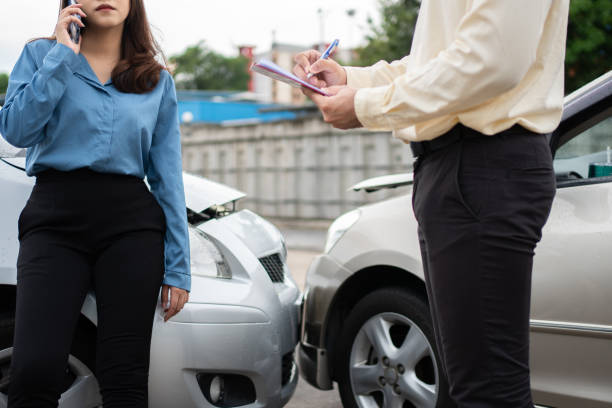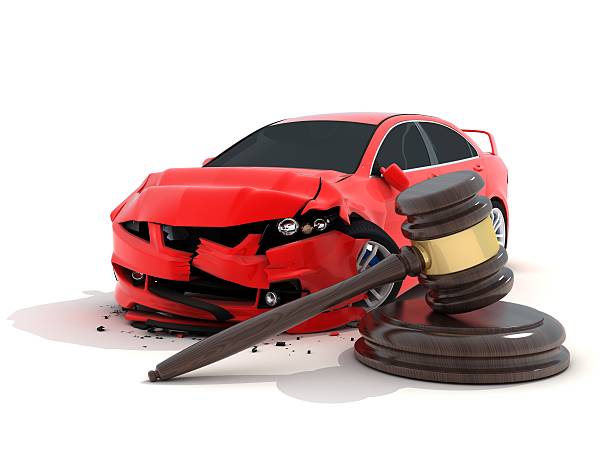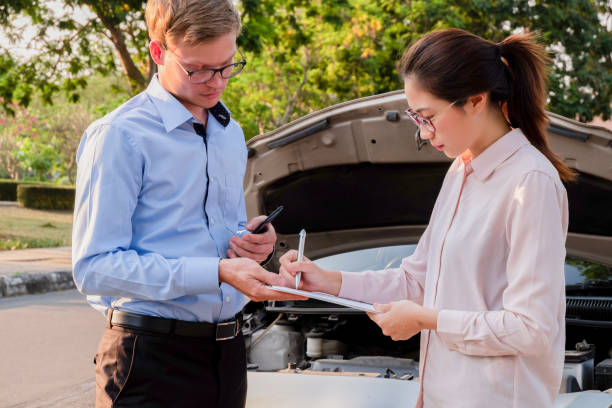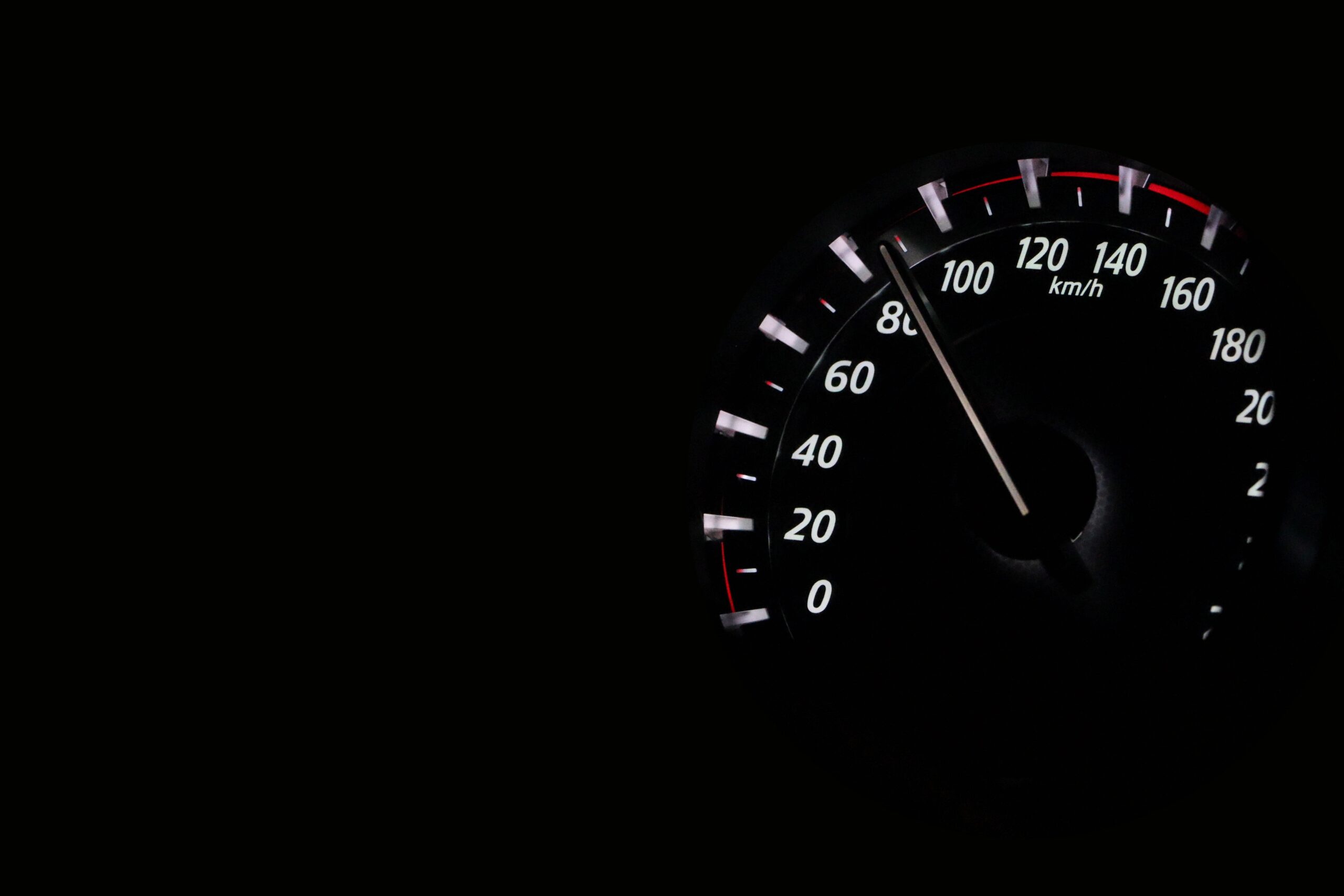
Being in a vehicle accident is stressful, but when the at-fault motorist flees the scene, it gets much scarier. In the United States, hit-and-run incidents are common, leaving victims outraged and defenseless. We’ll walk you through the crucial actions to take if you find yourself in this dreadful scenario in this post. We’ve got your back, from assuring your safety to negotiating the legal ramifications.
1. Stay calm and secure
It is typical to feel stressed and afraid in the aftermath of a hit-and-run accident. But it’s critical to maintain as much calm as possible. Take a deep breath and focus on your own and your passengers’ safety. If your car is in a risky spot, attempt to move it to the side of the road or another safe area if possible. Turn on your warning lights to warn traffic coming up behind you of the accident.
Crossing in the path of approaching cars or other moving vehicles is not recommended. If you are unable to move your vehicle, wear your seatbelt and wait for assistance.
2. Seek Medical Attention
Even if you feel great right away following the hit-and-run incident, it’s important to get medical help as soon as you can. Adrenaline can make pain seem less severe, and certain injuries may not be immediately obvious. Look for any symptoms of injuries on both you and your traveling companions. Call for medical help straight away if anyone complains of discomfort or displays any injuries.

In rare instances, injuries may not manifest symptoms for hours or even days following the collision. A medical expert can properly assess you, administer the required care, ensure your well-being, and document any injuries for the benefit of insurance claims or any legal proceedings.
3. Call the Police
Even if you feel great right away following the hit-and-run incident, it’s essential to get medical help as soon as you can. Adrenaline can make pain seem less severe, and certain injuries may not be immediately obvious. Look for any symptoms of injuries on both you and your traveling companions. Call for medical help straight away if anyone complains of discomfort or displays any injuries.
In rare instances, injuries may not manifest symptoms for hours or even days following the collision. A medical expert can properly assess you, administer the required care, ensure your well-being, and document any injuries for the benefit of insurance claims or any legal proceedings.
4. Gather Information

If it’s safe to do so, attempt to learn as much as you can about the hit-and-run accident while you’re waiting for the police. Take pictures of the accident site, capturing the positions of the involved cars, the extent of the damage, and any important details like skid marks or debris. Approach any witnesses if there are any present and respectfully get their contact information. Their testimony may be essential in supporting your version of events. Make a note of any information you can recall about the escaping car, such as its color, make, model, number plate number, or any other identifying characteristics.
5. Notify Your Insurance Company
The most important thing to do after thinking about your safety and calling the police to report the accident is to contact your insurance carrier as soon as you can. Make contact with your insurance company and provide them with all the pertinent information regarding the hit-and-run incident. When describing the situation, be truthful and detailed. As this information is essential for your insurance claim, let them know that the other motorist fled the scene.
6. File a Police Report
The police should always investigate a hit-and-run collision, therefore filing one is essential. Give the police authorities all the information they need about the event, including the time, date, and any specifics you know about the other car involved, once they arrive on the site. When providing your statement, be cooperative and truthful. The police report will be used as a formal record of the collision and may be essential for your insurance claim and any potential legal actions.
7. Contact an Attorney
Dealing with a hit-and-run accident may be challenging both legally and emotionally, especially if the culpable driver cannot be found. It is critical to consult with a reputable personal injury attorney who has experience managing hit-and-run accidents. An attorney can help you understand your rights, obtain important legal advice, and navigate the courts. They will assist you in understanding the many options for receiving compensation, such as filing a claim with your own insurance company or investigating other avenues of recovery.
8. Explore Uninsured Motorist Coverage
In hit-and-run incidents where the at-fault driver cannot be located. When a hit-and-run occurs, your vehicle insurance policy’s UM/UIM coverage may be able to assist pay for your medical costs, property damage, and other losses. To learn more about the terms of your coverage, see your insurance policy or speak with your insurance representative. To maximize the compensation, you could be entitled to, your attorney can help you navigate the complexity of UM/UIM cases.
9. Preserve Evidence
After a hit-and-run accident, it’s critical to preserve the evidence. Keep track of and protect any pertinent paperwork, such as doctor’s notes, invoices for repairs, pictures of the accident site and the damage it caused, witness statements, and the police report. When making your case to the insurance company or in any legal process, this proof will be crucial.
10. Stay Informed
It might take some time to handle hit-and-run incidents, so it’s important to be informed at every stage. Work together with the police, your insurance provider, and your lawyer. To stay informed about the state of your case, keep tabs on the investigation’s development and maintain regular contact with your lawyer. Be patient; investigations can be challenging, particularly if the person who caused the accident is still at large. Your lawyer will keep you updated on any changes, attempts at negotiation, or prospective legal proceedings.




